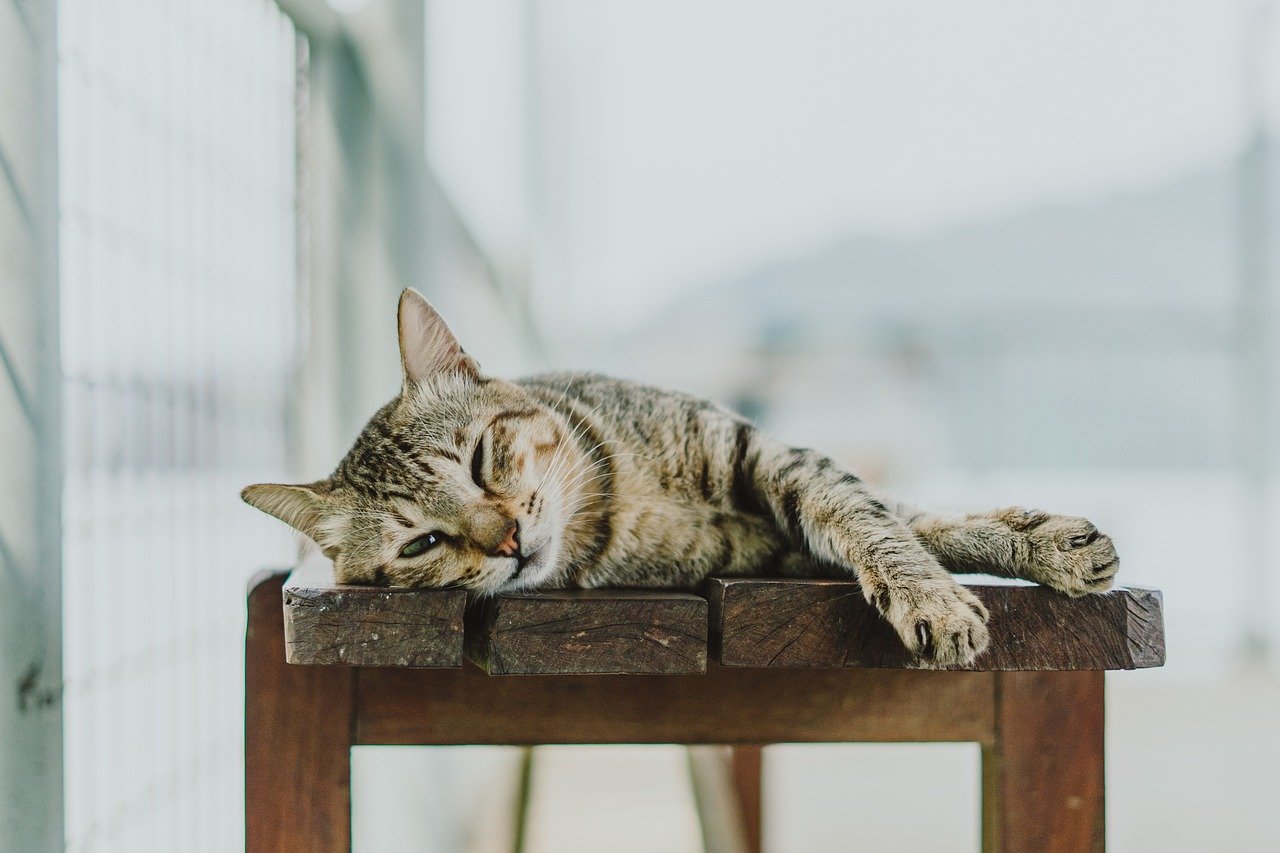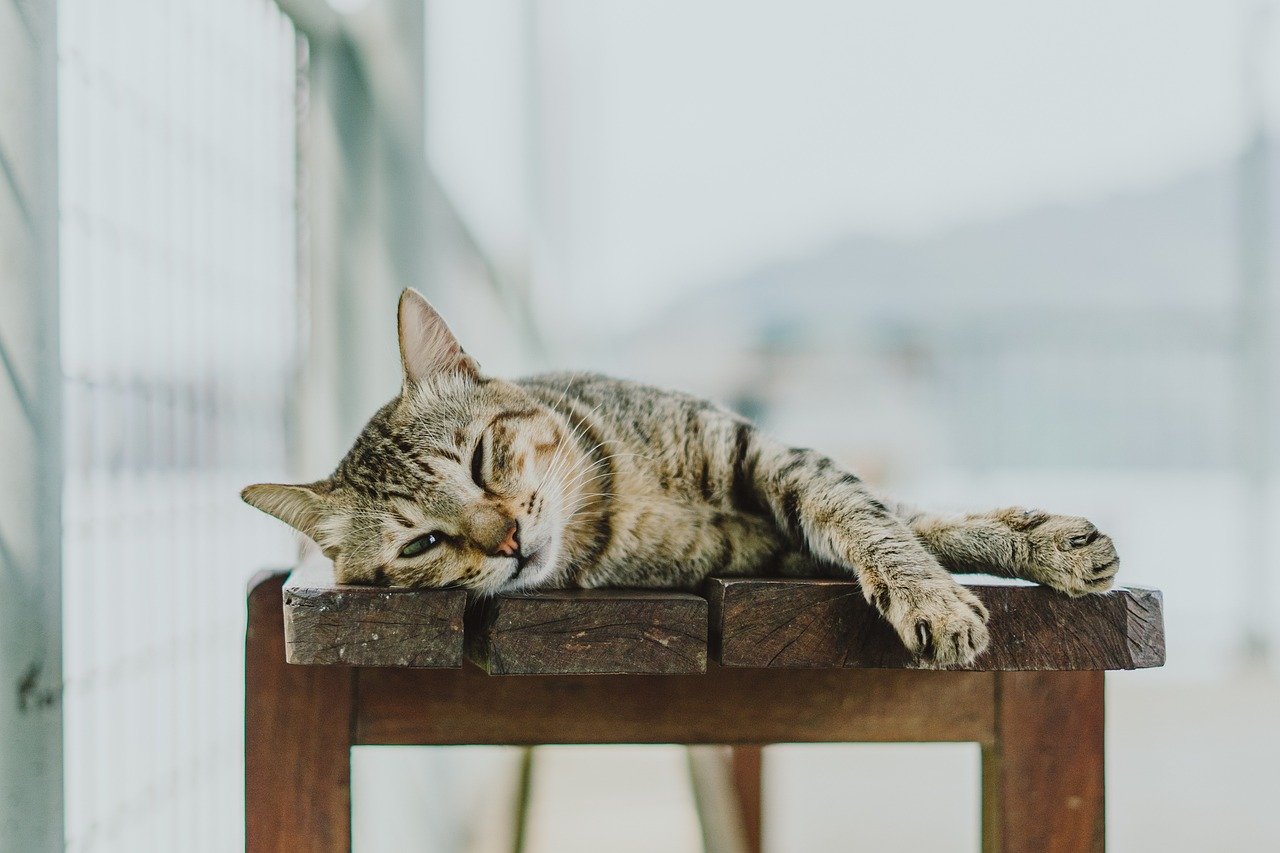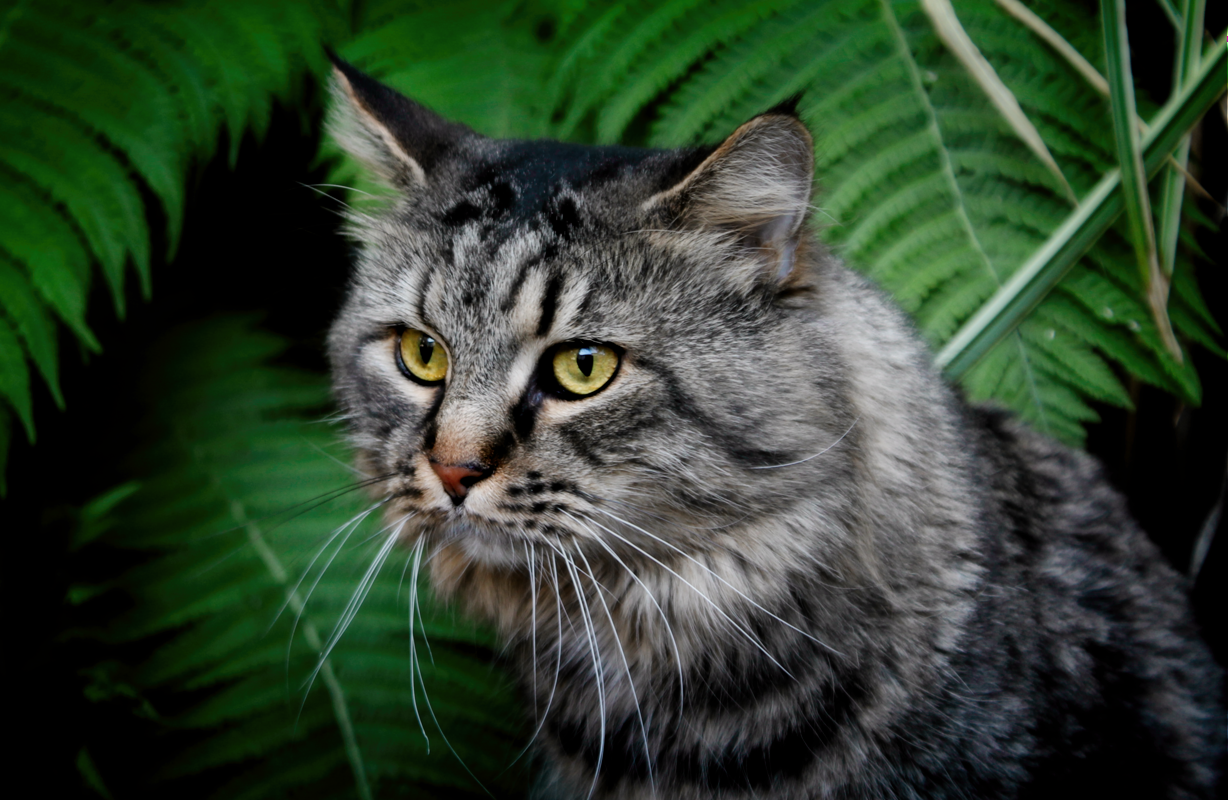Cats are fascinating creatures, full of mystery and independence. But sometimes, the relationship between a cat and its owner can get off on the wrong paw. Perhaps you adopted a cat that had a difficult past, or maybe a misunderstanding occurred that led to a breach of trust. Whatever the reason, rebuilding trust with a cat can be a rewarding journey. It requires patience, kindness, and understanding. Here are twelve ways to mend that bond and turn your feline friend into a loving companion once again.
Understanding Feline Behavior
Cats are not dogs, and their behavior can be puzzling to those unfamiliar with their ways. Understanding a cat’s body language is the first step in repairing trust. Cats use their tails, ears, and even whiskers to communicate. A swishing tail might indicate irritation, while slow blinking is a sign of affection. By observing and learning these signs, you can respond more appropriately to your cat’s needs. This mutual understanding will form the foundation of rebuilding trust.
Creating a Safe Environment
Safety is paramount for cats. If a cat feels threatened or insecure, it will likely withdraw. Ensure that your home provides a safe and comfortable environment. This includes providing hiding spots, cozy beds, and high perches where your cat can retreat if it feels scared. By creating a space where your cat feels secure, you lay the groundwork for trust to flourish. Think of it as building a fortress of comfort and security around your feline friend.
Consistent Routine
Cats thrive on routine. Changes in their environment or schedule can lead to stress and anxiety. Establish a consistent feeding, play, and sleeping schedule. This consistency helps the cat to know what to expect, reducing anxiety and building trust. It’s like setting a clock in their world, where every tick is a promise that everything is as it should be. A consistent routine tells your cat that you are reliable and that they can depend on you.
Gentle Interaction
Cats can be sensitive to touch, especially if they’ve had a negative experience in the past. Approach your cat gently and let it come to you. Avoid sudden movements and loud noises, as these can be frightening. Speak softly and slowly extend your hand for the cat to sniff. This gentle approach signals to your cat that you mean no harm and that it can trust you. It’s a slow dance of patience and kindness, where every step is measured and considerate.
Using Positive Reinforcement
Positive reinforcement is a powerful tool in building trust with a cat. Reward your cat with treats, affection, or praise when it exhibits behavior you want to encourage. This positive association helps to build a connection between you and your cat. Over time, your cat will associate you with good things, building trust and strengthening your bond. It’s like planting seeds of joy that blossom into a garden of trust.
Respecting Personal Space

Cats value their personal space and may become anxious if they feel crowded. Allow your cat to have its own space and do not force interactions. If your cat chooses to retreat, let it do so without pursuing. Respecting its personal boundaries shows that you understand and care for its comfort. It’s like giving your cat the freedom to build its own little world within your home.
Engaging in Play
Playtime is more than just fun for cats; it’s an essential aspect of their well-being. Engage your cat in interactive play with toys like feathers on a string or laser pointers. This not only provides physical exercise but also strengthens the bond between you and your cat. Playtime is a joyful bridge that connects hearts and builds trust. It’s like weaving a tapestry of joy and connection with every playful interaction.
Providing Mental Stimulation

Mental stimulation is vital for a cat’s happiness and trust-building. Puzzle feeders, treat-dispensing toys, and even simple games like hiding treats can keep your cat’s mind engaged. This mental engagement helps prevent boredom and anxiety, fostering trust and a positive relationship. Think of it as a mental playground where your cat can explore, learn, and grow, guided by your loving care.
Patience and Time
Building trust with a cat is not an overnight process. It requires patience and time. Understand that setbacks may occur, and progress may be slow. But with persistence and understanding, trust will gradually develop. It’s like nurturing a delicate flower that blooms in its own time, requiring care, warmth, and patience. Trust in the process, and your efforts will be rewarded.
Using Scent Communication

Cats rely heavily on scent for communication. Use your cat’s sense of smell to build trust by allowing it to rub against you or your belongings. You can also leave an article of your clothing in its bed to familiarize it with your scent. This olfactory connection fosters comfort and trust. It’s like creating an invisible thread that connects you and your cat through the language of scent.
Understanding Triggers

Identifying and understanding what triggers fear or anxiety in your cat is crucial. Whether it’s a particular noise, person, or object, recognizing these triggers can help you manage them. By minimizing your cat’s exposure to these stressors, you build a more trusting environment. It’s like removing thorns from a path, making the journey smoother and more enjoyable for your feline friend.
Communicating Through Eye Contact
Eye contact is a subtle yet powerful way to communicate with your cat. Slow blinking at your cat is like giving a kiss, a gesture of trust and affection. If your cat returns the slow blink, it means it feels comfortable and trusting. This silent communication speaks volumes and strengthens the bond between you. It’s like sharing a secret language that only you and your cat understand.
Conclusion
Repairing trust with a cat after a rough start is a journey filled with challenges and rewards. By understanding feline behavior, creating a safe environment, and engaging in gentle interactions, you pave the way for a trusting relationship. Remember that patience, consistency, and love are your best allies in this process. With time and care, your feline friend will come to see you as a source of comfort and joy. In the end, the bond forged through understanding and compassion will be a testament to the power of love and trust.
Hi, I’m Bola, a passionate writer and creative strategist with a knack for crafting compelling content that educates, inspires, and connects. Over the years, I’ve honed my skills across various writing fields, including content creation, copywriting, online course development, and video scriptwriting.
When I’m not at my desk, you’ll find me exploring new ideas, reading books, or brainstorming creative ways to solve challenges. I believe that words have the power to transform, and I’m here to help you leverage that power for success.
Thanks for stopping by, Keep coming to this website to checkout new articles form me. You’d always love it!






